Today, a website is not a pleasure, but a necessity that plays an important role in the life of any business. It is all at once your online shop, your resume, and even your platform for interacting with clients and suppliers. However, it is always beneficial to go through planning and conceptualization of a website before commencing the designing and developing process. It provides a basic groundwork for a proper establishment of an online platform that will meet the objectives of an organisation/individual and will be relevant to the target group.
Web Solve Tech, your solutions provider of all things web, is here to help you plan and conceptualise your website. Whether you’re a veteran of running your own business or just beginning your online journey, this blog post will provide you with all the information necessary to create an informative, engaging site that will also help in achieving your business’ goals.
Why is Planning and Conceptualization Important?

Think of website planning and conceptualization as building a house. You wouldn’t start constructing without a blueprint, right? The same goes for your website. Taking the time to plan ensures that your website is:
- Goal-oriented: What are the kind of activities you wish your visitors to undertake on your website? Is it for them to get in touch with you, to buy something, or simply to get more information about your business? If done at the onset, defining goals helps in the creation of a website that directs users towards desired actions.
- User-friendly: Your website usability should be clear to our site guest and should be able to give them the information that they are searching for. When in the planning phase, it is easier to filter what content or features are of more importance and what is not, thus ensuring the users are engaged.
- Brand consistent: Your website not only represents your brand but also how you intend to communicate with your customers. The creation of plans makes it possible to maintain a coherent look, which is associated with the corresponding values of the brand of the company and that would be of interest to the target public.
- Scalable: Your business changes over time it is therefore important that your website evolves as well. Another advantage of web design for future expansion is that it makes it possible to incorporate further content and features on your website in the future you don’t have to redesign the entire website.
The Website Planning and Conceptualization Process
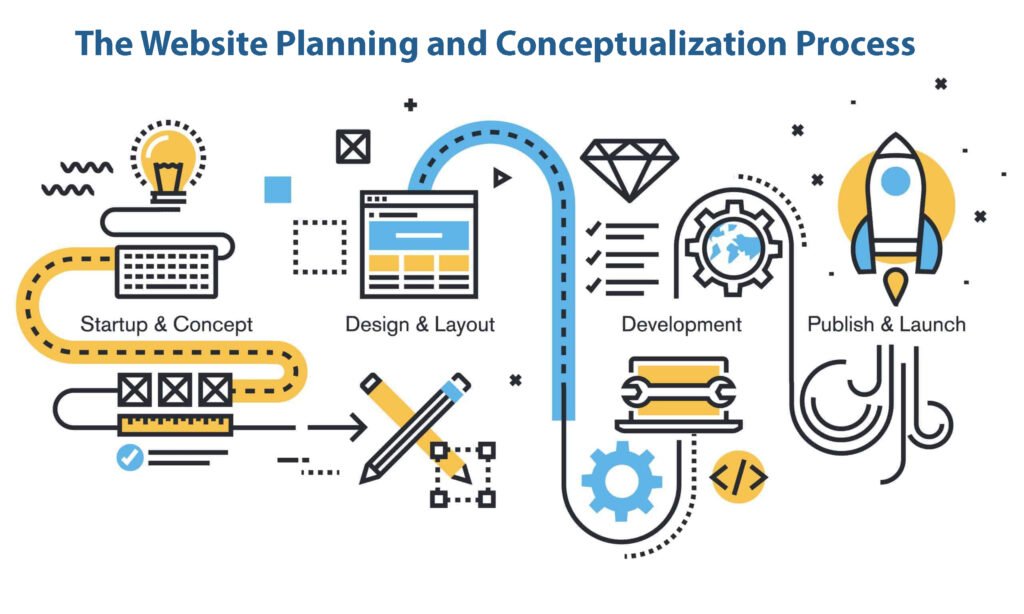
Here’s a breakdown of the key steps involved in planning and conceptualising your website:
1. Define Your Goals and Objectives
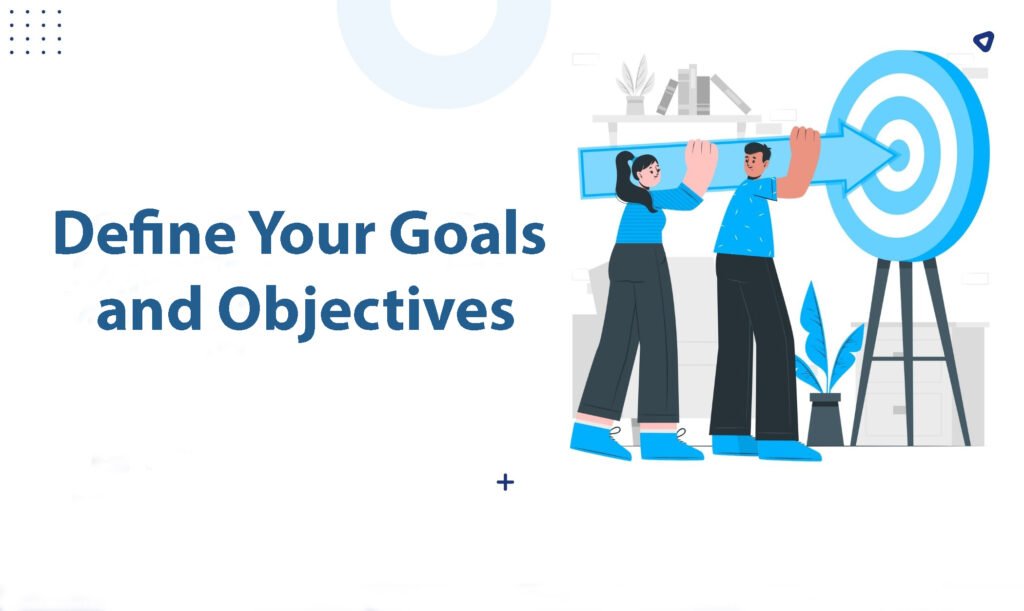
What do you want to achieve with your website? Here are some common website goals:
- Generate leads: Collect details of customers who may use your commodity or service through a website.
- Boost sales: Sell products or services directly through your website.
- Increase brand awareness: Promote your business and increase the visibility of your target consumers and create a niched reputation as a specialised industry expert.
- Provide customer service: Offer support resources such as FAQs, knowledge bases, or live chat functionalities.
- Build community: Provide a platform by which users can communicate to each other as well as for your brand.
Once you’ve identified your goals, set specific, measurable, achievable, relevant, and time-bound (SMART) objectives. For example, if your goal is to generate leads, a SMART objective could be to capture 100 qualified leads per month through your website contact form.
2. Know Your Target Audience

Are you particularly targeting a particular group of people with your website such as students or any particular age group? It is crucial to know your audience to ensure that you identify what would go well with them in a website. Consider factors like:
- Demographics: Age, gender, location, income level, etc.
- Interests: What are their hobbies and passions?
- Needs and pain points: What problems are they trying to solve?
- Online behaviour: How do they use the internet? What websites do they visit?
3. Competitive Analysis
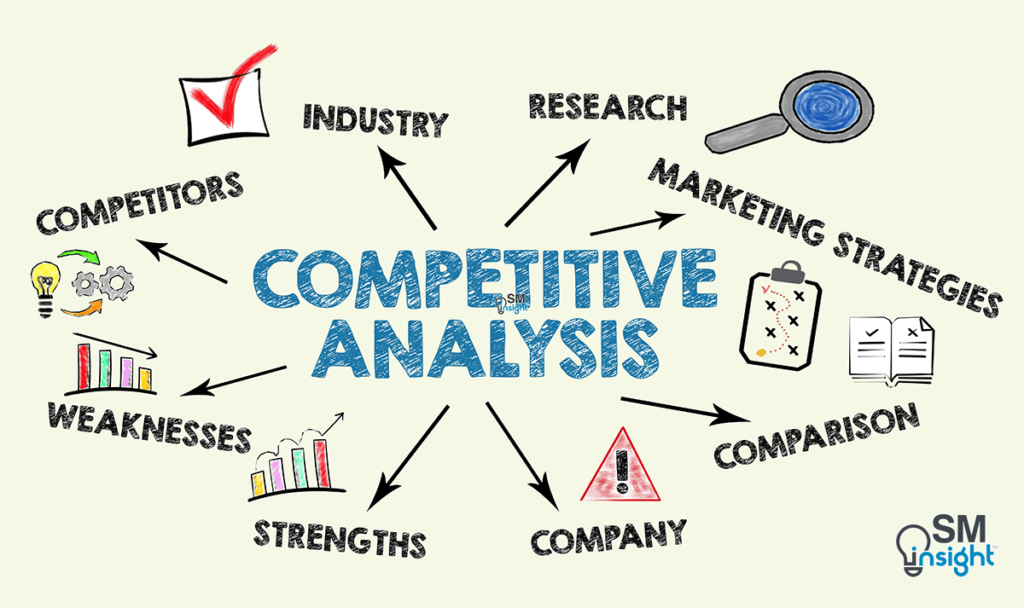
Take time and investigate the competitors that you have in cyberspace. As you visit their sites, assess what they have done rightly that you can avoid or do better than them.
Here are some things to consider:
- Website design and functionality: What features do they have? How is their website structured?
- Content: What is being taught? In what manner are they sharing or conveying information?
- Marketing strategies: How are they promoting their website? What keywords are they targeting?
4. Develop Your Website Content Strategy
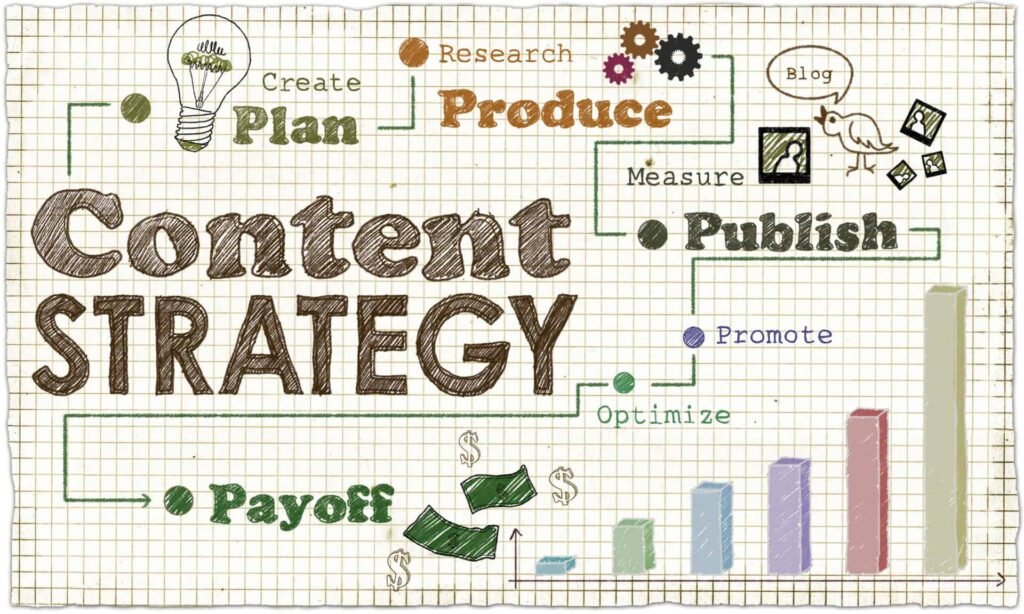
It also states that content is king on the web. By defining content strategy, one will gain an insight on how to attract the traffic, engage them and thus meet the set website goals. Consider:
- Content types: What types of content will be most valuable to your target audience (e.g., blog posts, case studies, white papers, infographics, videos)?
- Content topics: What particular areas of interest and concern would you like to focus on that would better fit the interests and needs of your targeted audience?
- Content voice and tone: How will you share your ideas to the targeted customers? While choosing your attitude toward the audience, should it be formal or casual? Serious or playful?
- Content publishing schedule: How often will you publish new content?
5. Site Structure and Navigation
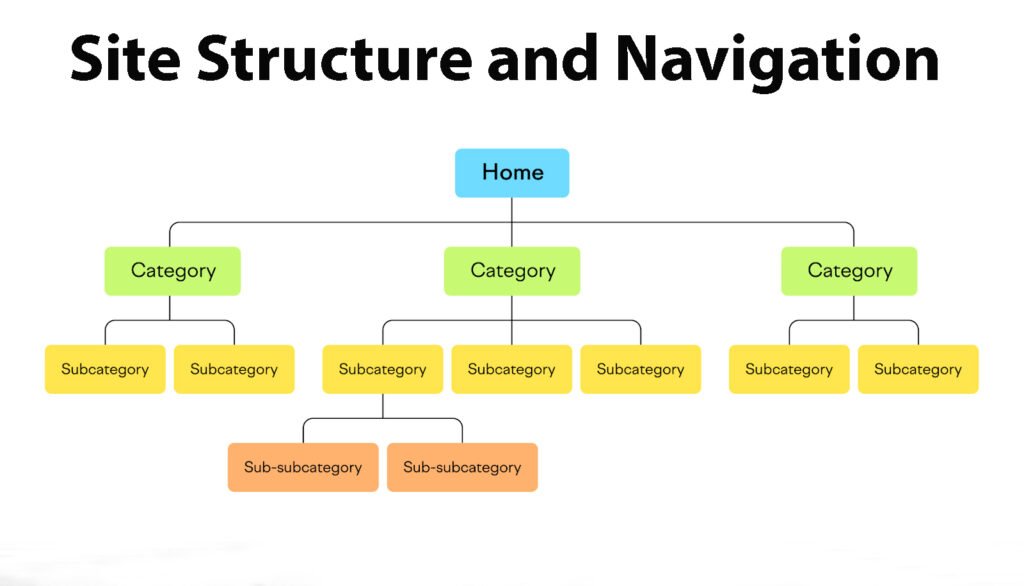
It is as simple as considering your website as a building and your desired results as the people inside. The basic plan of the website is the floor plan of the house and the layout of the house is how visitors get from one room to the other. Another key component of a successful user experience is a well thought out and easy to use site map.
- Information architecture: Organise your website content in a logical and hierarchical way. Group related content together under clear categories and subcategories.
- Navigation menu: Design a user-friendly navigation menu that allows visitors to find the information they need easily. Keep it simple and consistent across all pages.
6. Visual Design and Branding
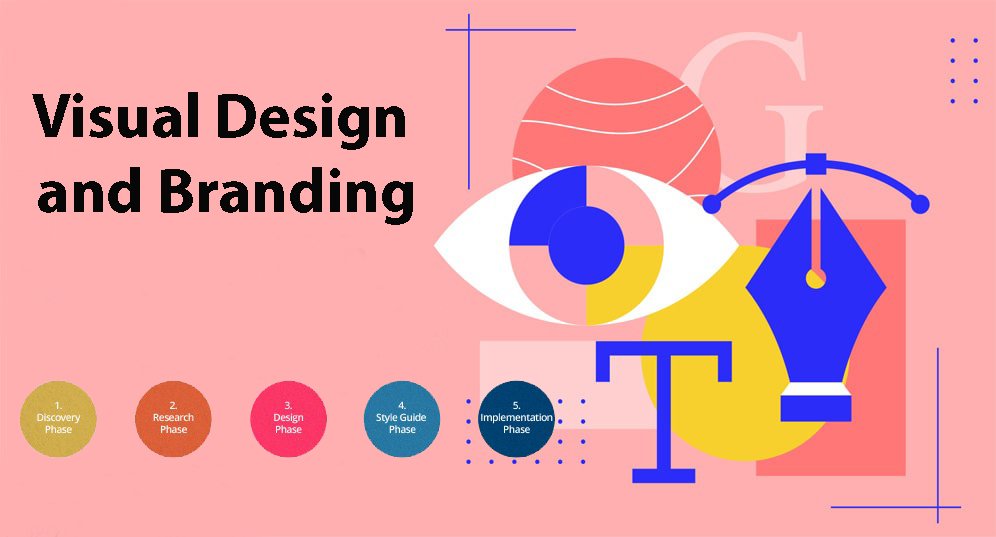
Appearance of your website is the first thing any visitor will see hence the need to have it looking as appealing as possible. It should be aesthetically pleasing so that it fits in the company’s image and be in line with the general flow and information of your homepage.
- Color scheme: Always select a color combination which is consistent with the theme of your company and which creates the feeling in your target client base.
- Typography: Select fonts that are easy to read and complement your brand identity.
- Imagery: Only use images and videos that support the information being passed across and are professionally captured.
7. Technical Considerations
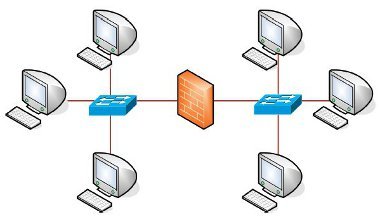
If you have forgotten some of the basics about your website, this list might help remind you of key technical features that are essential to any good site. These factors will help a lot in making your website more user-friendly and free from errors.
- Responsiveness: Your website should be responsive, meaning it should adjust to fit different screen sizes and devices (desktop, tablet, mobile).
- Website speed: Slow loading of the website will upset its visitors and negatively impact the search engine rank. Make sure you use the correct image sizes for images, minimise code, and find a good host for your site.
- Search engine optimization (SEO): Optimise your website content with relevant keywords to improve your ranking in search engine results pages (SERPs).
Conclusion
Following the above guidelines in website planning and website conceptualization you will be in a good position to create a good website. Just be aware that a website is a living organism which should be in a state of constant development together with your business. Make it a habit to regularly check your website statistics and user comments to see the changes that need to be made and update your site more often.

